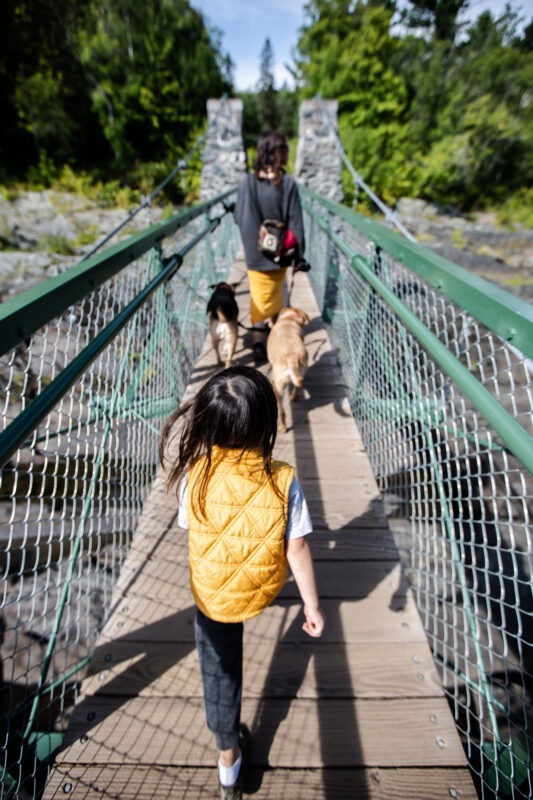
Minnesota’s state parks are more than just beautiful places to hike, camp, and explore—they are vital ecosystems that provide habitat for wildlife, clean air, and water, and opportunities for people to connect with nature. As Minnesotans, it is our responsibility to care for these natural treasures, ensuring they remain vibrant and accessible for future generations. This is where the concept of stewardship plays a crucial role.
What Is Stewardship?
Stewardship is the act of managing and caring for something with the intent to preserve it for the long term. When it comes to Minnesota’s state parks, stewardship involves both individual and collective efforts to maintain the health of our natural places. Whether it’s volunteering for a park cleanup, participating in conservation efforts, or simply practicing Leave No Trace principles, everyone can contribute to the stewardship of our state parks.
Why Stewardship Matters in Minnesota
Minnesota is home to 66 state parks each offering unique landscapes and ecosystems. These parks are not only valuable for their natural beauty but also for their ecological importance. Wetlands, forests, prairies, and rivers within these parks support diverse wildlife and plant species.
Minnesota Stewardship: How You Can Get Involved
1. Volunteer for Park Projects
Volunteering is one of the most direct ways to get involved in Minnesota stewardship. Many state parks have ongoing projects that require volunteer support, such as habitat restoration, invasive species removal, trail maintenance, and educational programming. These efforts are essential in maintaining the health and accessibility of the parks.
Caring for our natural places begins with the way we interact with them. The Leave No Trace principles are a set of guidelines that help minimize human impact on the environment. They include:
- Plan Ahead and Prepare: Know the regulations and special concerns for the area you’re visiting.
- Travel and Camp on Durable Surfaces: Stick to established trails and campsites.
- Dispose of Waste Properly: Pack out all trash, leftover food, and litter.
- Leave What You Find: Preserve the past; do not disturb cultural or historic artifacts.
- Minimize Campfire Impact: Use a camp stove instead of a fire, or keep fires small and use established fire rings.
- Respect Wildlife: Observe wildlife from a distance and never feed them.
- Be Considerate of Other Visitors: Keep noise levels down and respect others’ experiences.
By following these principles, we ensure that Minnesota’s state parks remain pristine and enjoyable for everyone.
3. Support Local Stewardship Initiatives
Local stewardship efforts are vital to Minnesota’s state parks. Many parks partner with local organizations, schools, and community groups to support conservation projects, educational programs, and sustainable practices. For example, Friends of the Boundary Waters Wilderness works to protect the Boundary Waters Canoe Area, which borders several state parks in northeastern Minnesota. Supporting these local stewardship initiatives can be as simple as donating to a park’s conservation fund and attending educational events.
4. Educate and Inspire Others
Stewardship is not only about our actions but also about inspiring others to care for our natural places. Share your love for Minnesota’s state parks with friends, family, and your community. Whether it’s through social media, blogs, or community events, spreading awareness about the importance of stewardship can encourage more people to get involved.
The Future of Minnesota’s State Parks
The future of Minnesota’s state parks depends on the collective efforts of all who cherish these natural spaces. By embracing the principles of stewardship, we can ensure that our parks continue to thrive, providing essential services to Minnesota’s natural places and offering unparalleled opportunities for recreation and reflection.
Minnesota stewardship is about more than just visiting our state parks—it’s about taking an active role in their care. By committing to stewardship practices, we can enjoy the natural beauty and ecological value of these parks but also ensure that they remain a source of joy, inspiration, and connection for all who visit. Let’s continue to care for our natural places, honoring the legacy of stewardship that has made Minnesota’s state parks the treasures they are today.